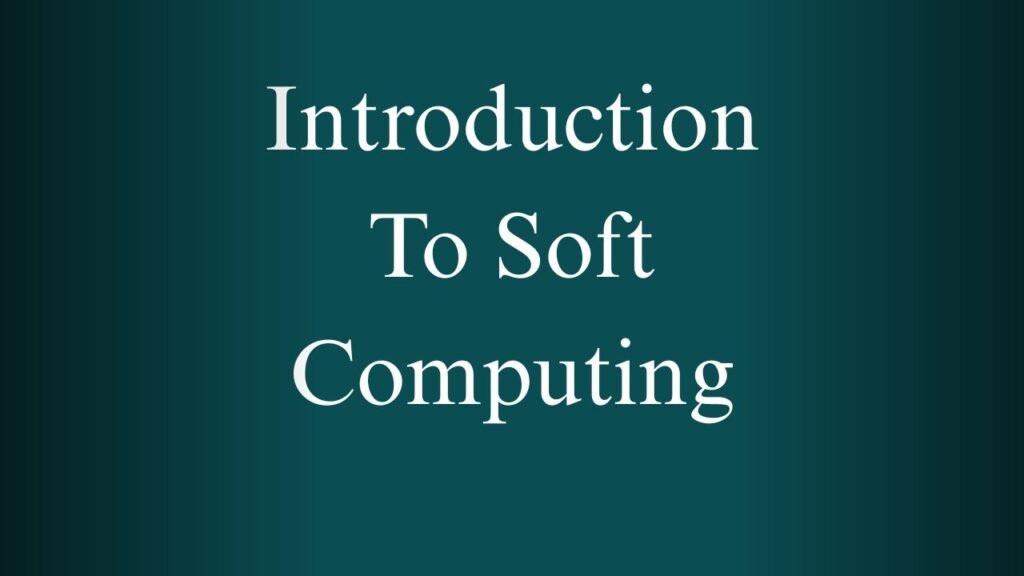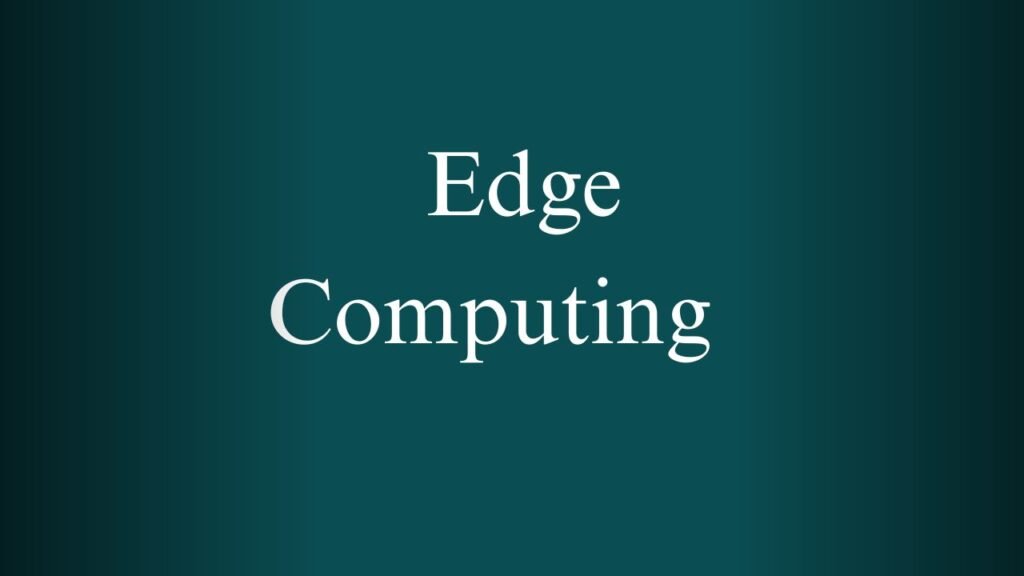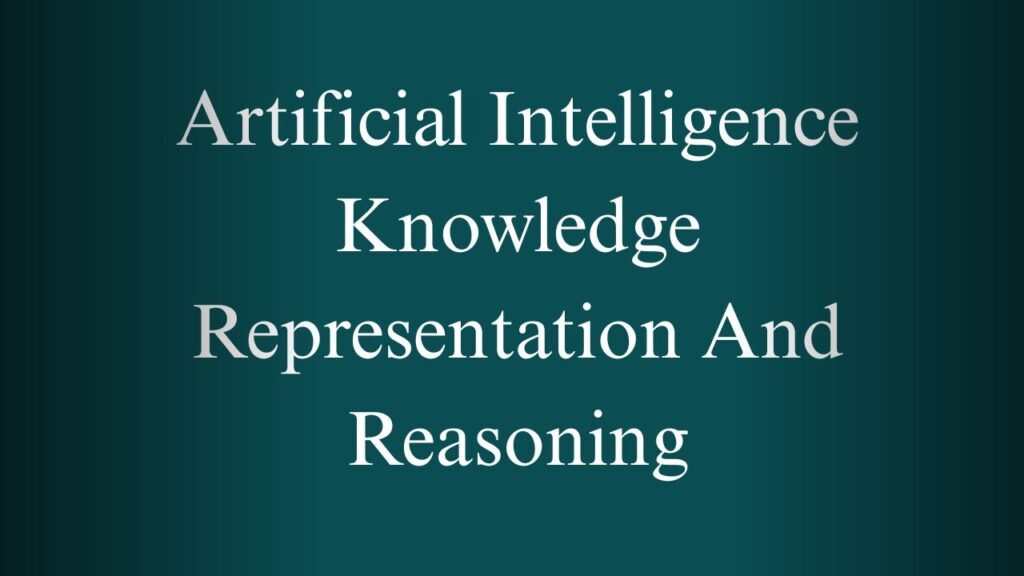NPTEL Principles of Management Week 1 And 2 Assignment Answers 2025
1. Which of the following best describes the difference between mainstream and multistream management orientations?
a) Mainstream focuses on stakeholder welfare, while multistream focuses on profit maximization.
b) Mainstream emphasizes profit maximization, while multistream emphasizes multi-stakeholder well-being. ✅
c) Both focus solely on profit generation.
d) Both are interchangeable terms.
Explanation:
Mainstream management focuses on efficiency and profit, while multistream management emphasizes ethical concerns, sustainability, and the well-being of all stakeholders.
2. Individuals who manage the work of non-managerial employees are known as-
a) First Line Managers ✅
b) Middle Managers
c) Top Level Managers
d) Operators
Explanation:
First-line managers supervise non-managerial employees and are responsible for day-to-day operations.
3. Who proposed the ten managerial roles grouped around interpersonal relationships, sharing of information and decision making?
a) Mintzberg ✅
b) Henry Fayol
c) Kurt Lewin
d) Peter F. Drucker
Explanation:
Henry Mintzberg identified 10 managerial roles categorized into interpersonal, informational, and decisional roles.
4. Which managerial level focuses primarily on translating the organization’s strategy into operational tasks?
a) Top-level managers
b) Middle-level managers ✅
c) First-line managers
d) Board of directors
Explanation:
Middle managers bridge the gap between strategy and execution by translating goals into departmental plans and coordinating operations.
5. What happens to the time spent on technical tasks as a manager advances to a higher organizational level?
a) It increases significantly
b) It stays the same
c) It decreases ✅
d) It becomes the primary focus
Explanation:
As managers rise in the hierarchy, their role becomes more strategic and conceptual, so technical task involvement decreases.
6. As a “Spokesperson,” the manager’s main responsibility is to:
a) Develop internal communication plans
b) Represent the organization to outsiders by sharing important information ✅
c) Act as a mediator between team members
d) Implement training programs
Explanation:
As a spokesperson, a manager communicates externally, representing the organization to stakeholders, media, and the public.
7. Statements about future of work and management:
✅ Answer: Both the statements are true
Explanation:
- Future workplaces prioritize collaboration over control.
- Effective organizations don’t happen accidentally—they need to be managed actively.
8. Which of the following statements challenges the universality of management?
a) Different management functions are required in different cultural contexts. ✅
b) All organizations must plan, organize, lead, and control.
c) Both small and large businesses benefit from management practices.
d) Management principles are adaptable to various sectors.
Explanation:
Universality implies that management principles apply uniformly, but cultural contexts may require different approaches.
9. Which of the following is NOT one of the eight characteristics of excellent enterprises?
a) Lean staff
b) Close to the customer
c) Focus solely on profit maximization ✅
d) Autonomy and entrepreneurship
Explanation:
Excellent enterprises are customer-focused, innovative, and efficient—not obsessed solely with profits.
10. Statements about employee motivation and managerial success:
✅ Answer: Both the statements are true
Explanation:
- Employees value meaningful work, often driven by challenge and creativity.
- Successful managers are rewarded with recognition, promotions, and monetary benefits.
NPTEL Principles of Management Week 2 Assignment Answers
1. The unwritten, common rules and perceptions about relationships among people and between people and management form part of-
a) Social Contract ✅
b) Psychological Contract
c) People Contract
d) Management Contract
Explanation:
The social contract refers to the informal understandings and expectations between people and organizations that guide mutual behavior in the absence of formal rules.
2. The spread of indigenous production with Make in India globally has dramatically altered the business landscape. This is an example of-
a) Social Forces
b) Political Forces ✅
c) Environmental Forces
d) Technological Forces
Explanation:
Make in India is a government initiative, hence it represents political forces influencing the business environment.
3. Match the following:
a. Classical Approach – iv. Scientific Management
b. Behavioural Approach – i. Human Relations Movement
c. Quantitative Approach – ii. Total Quality Management
d. Contemporary Approach – iii. Contingency View
Correct Match:
a-iv, b-i, c-ii, d-iii ✅
Explanation:
Each management theory is linked to a specific school of thought:
- Classical → Scientific principles
- Behavioural → Human psychology
- Quantitative → Data-driven efficiency
- Contemporary → Adaptive approaches
4. Who proposed time and motion studies concerned with optimum utilization of labour, reducing fatigue, and improving performance by eliminating unnecessary hand and body movements?
a) Henry Fayol
b) F.W. Taylor
c) Frank and Lillian Gilbreth ✅
d) Elton Mayo
Explanation:
The Gilbreths pioneered time and motion studies, focusing on physical efficiency to reduce wasted motion and improve productivity.
5. Which of the following options shows the correct match for the management concepts and by whom it is propounded?
a) Bureaucratic Organization – Max Weber, Hawthorne Studies – Elton Mayo, Theory X,Y – McGregor, System Approach – Chester Barnard ✅
b) Bureaucratic Organization – Robert Owen, Hawthorne Studies – Hofstede, Theory X,Y – Mayo, System Approach – Max Weber
c) Bureaucratic Organization – McGregor, Hawthorne Studies – Maslow, Theory X,Y – Max Weber, System Approach – Hofstede
d) Bureaucratic Organization – Chester Barnard, Hawthorne Studies – McGregor, Theory X,Y – Elton Mayo, System Approach – Max Weber
Explanation:
This match correctly attributes management theories to their respective thinkers.
6. Statement 1: Entropy is the tendency to run down and die.
Statement 2: Subsystems depend on one another as parts of the system.
✅ Answer: Both the statements are correct
Explanation:
- Entropy in systems theory reflects system deterioration.
- Subsystem interdependence ensures overall system efficiency and coherence.
7. Which of the following does not form part of the popular contingency variables in the contemporary management perspective?
a) Organizational Size
b) Routineness of task technology
c) Synergy ✅
d) Environmental Uncertainty
Explanation:
Synergy is a systems theory concept, not a contingency variable which typically includes size, technology, and environment.
8. The contingency-based view of the organization considers-
a) Case View & Universalist View ✅
b) Case View & Synergistic View
c) Universalist View & Synergistic View
d) Only Universalist View
Explanation:
The contingency approach integrates both case-specific (contextual) and universalist (standardized) perspectives.
9. What is the primary role of feedback in a systems approach to management?
a) To identify customer complaints only
b) To ensure organizational rules are followed strictly
c) To provide information that helps adjust processes and improve performance ✅
d) To keep communication one-directional
Explanation:
Feedback allows for continuous improvement and adaptation within the system, making it central to the systems approach.
10. Name the philosophy devoted to continuous improvement and responding to customers’ needs and expectations popularized by Edward Deming and Joseph Juran.
a) Quality Circle
b) Total Quality Management ✅
c) Quality Checks
d) Optimum Quality Management
Explanation:
Total Quality Management (TQM) emphasizes continuous improvement, customer satisfaction, and employee involvement.



